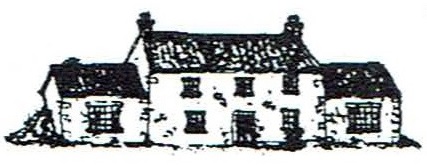WHAT IS NHL?
Hydraulic lime is available in three different grades; NHL 2, NHL 3.5 and NHL 5. The NHL stands for Natural Hydraulic Lime...
NHL 2, NHL 3.5 & NHL 5
Hydraulic lime is available in three different grades; NHL 2, NHL 3.5 and NHL 5. The NHL stands for Natural Hydraulic Lime. The number relates to compressive strength in MPa (Megapascals) or N/mm² (Newtons per square millimetre) at 28 days under the current British Standard.
These grades were historically associated with the terms feebly hydraulic, moderately hydraulic and eminently hydraulic respectively. These terms refer to each grade's degree of hydraulicity, that is their ability to set under water without exposure to air.
The beauty of NHL is that each grade is suitable for different kinds of masonry and weather exposure. This means you can select a mortar or render that is sympathetic to the masonry but with a maximum durability, the perfect mortar for the job.NHL 2
Soft, Permeable Masonry
Minimal Exposure
NHL 2 is softer and slow setting, suitable for internal applications or where conservation is a primary concern with soft or deteriorating stones and bricks
NHL 2, Typical Uses:
Hydraulic lime plaster, chalky stones, soft, crumbling, badly worn, flakey or scaling sandstone, limestone or bricks
NHL 3.5
Medium Density Masonry
Moderate Exposure
NHL 3.5 is for general building, suitable for moderately permeable masonry materials. Basically, if you don't need to use NHL 2 or NHL 5 then use 3.5
NHL 3.5, Typical Uses:
Bricks, facings, commons, blockwork, sandstone, limestone, terracotta, general building work, cavity & solid wall construction, bedding, pointing, re-pointing
NHL 5
Dense, Impermeable Masonry
Severe Exposure
NHL 5 is stronger and faster setting, more suitable for dense, durable or impermeable materials with severe exposure to weather or water.
NHL 5, Typical Uses: Granite, engineering brick, basalt, flint, paving, roofing, chimneys, parapets, cornice, balustrades, copings, plinths, bridges, harbours, marinas, canals, dams, sea-fronts
